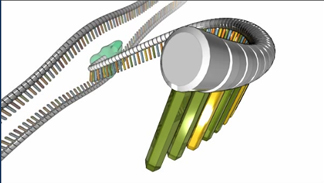« Prev Next »

The Information in DNA Is Decoded by Transcription
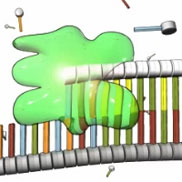
DNA is essentially a storage molecule. It contains all of the instructions a cell needs to sustain itself. These instructions are found within genes, which are sections of DNA made up of specific sequences of nucleotides. In order to be implemented, the instructions contained within genes must be expressed, or copied into a form that can be used by cells to produce the proteins needed to support life.
The instructions stored within DNA are read and processed by a cell in two steps: transcription and translation. Each of these steps is a separate biochemical process involving multiple molecules. During transcription, a portion of the cell's DNA serves as a template for creation of an RNA molecule. (RNA, or ribonucleic acid, is chemically similar to DNA, except for three main differences described later on in this concept page.) In some cases, the newly created RNA molecule is itself a finished product, and it serves an important function within the cell. In other cases, the RNA molecule carries messages from the DNA to other parts of the cell for processing. Most often, this information is used to manufacture proteins. The specific type of RNA that carries the information stored in DNA to other areas of the cell is called messenger RNA, or mRNA.
How does transcription proceed?
Transcription begins when an enzyme called RNA polymerase attaches to the DNA template strand and begins assembling a new chain of nucleotides to produce a complementary RNA strand. There are multiple types of types of RNA. In eukaryotes, there are multiple types of RNA polymerase which make the various types of RNA. In prokaryotes, a single RNA polymerase makes all types of RNA. Generally speaking, polymerases are large enzymes that work together with a number of other specialized cell proteins. These cell proteins, called transcription factors, help determine which DNA sequences should be transcribed and precisely when the transcription process should occur.
Initiation
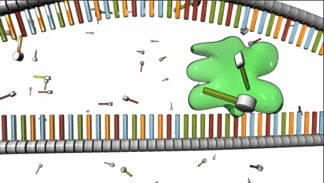
Strand elongation
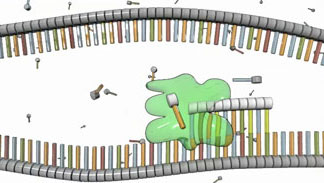
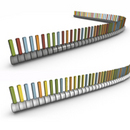
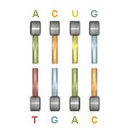
Termination and editing
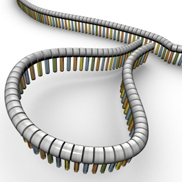
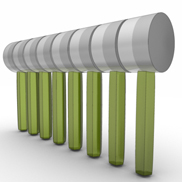
What's next for the RNA molecule?
Further Exploration
eBooks
This page appears in the following eBook




